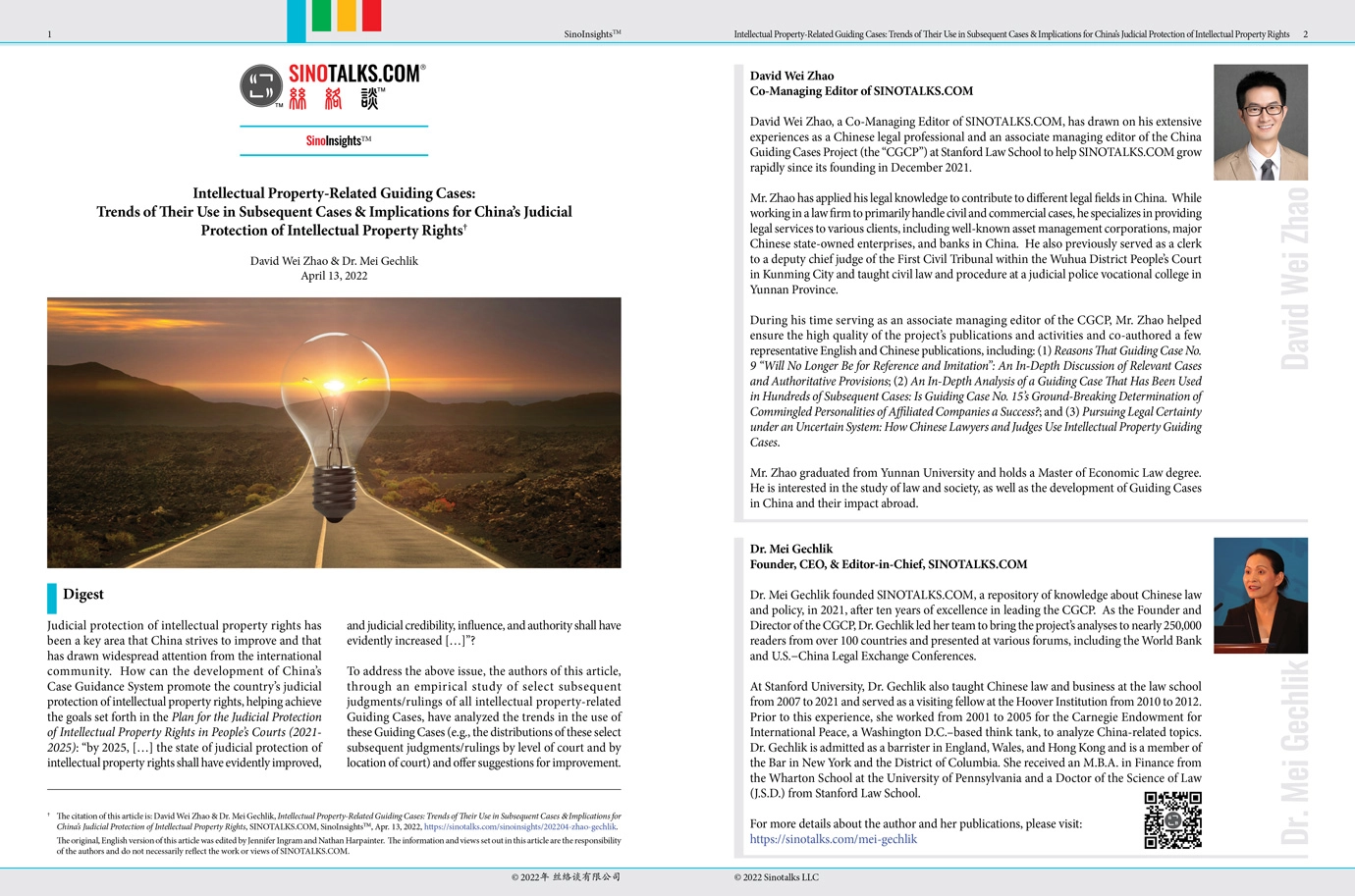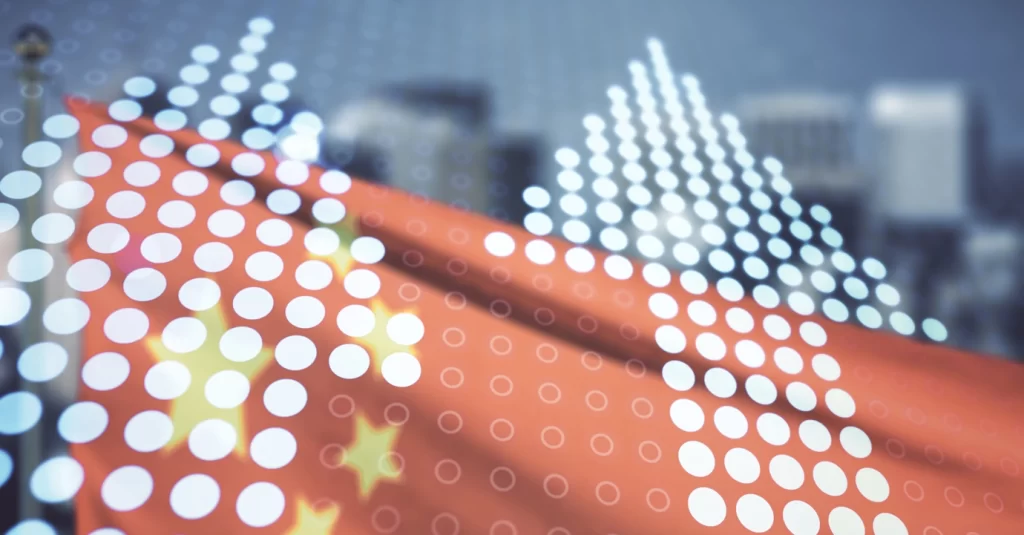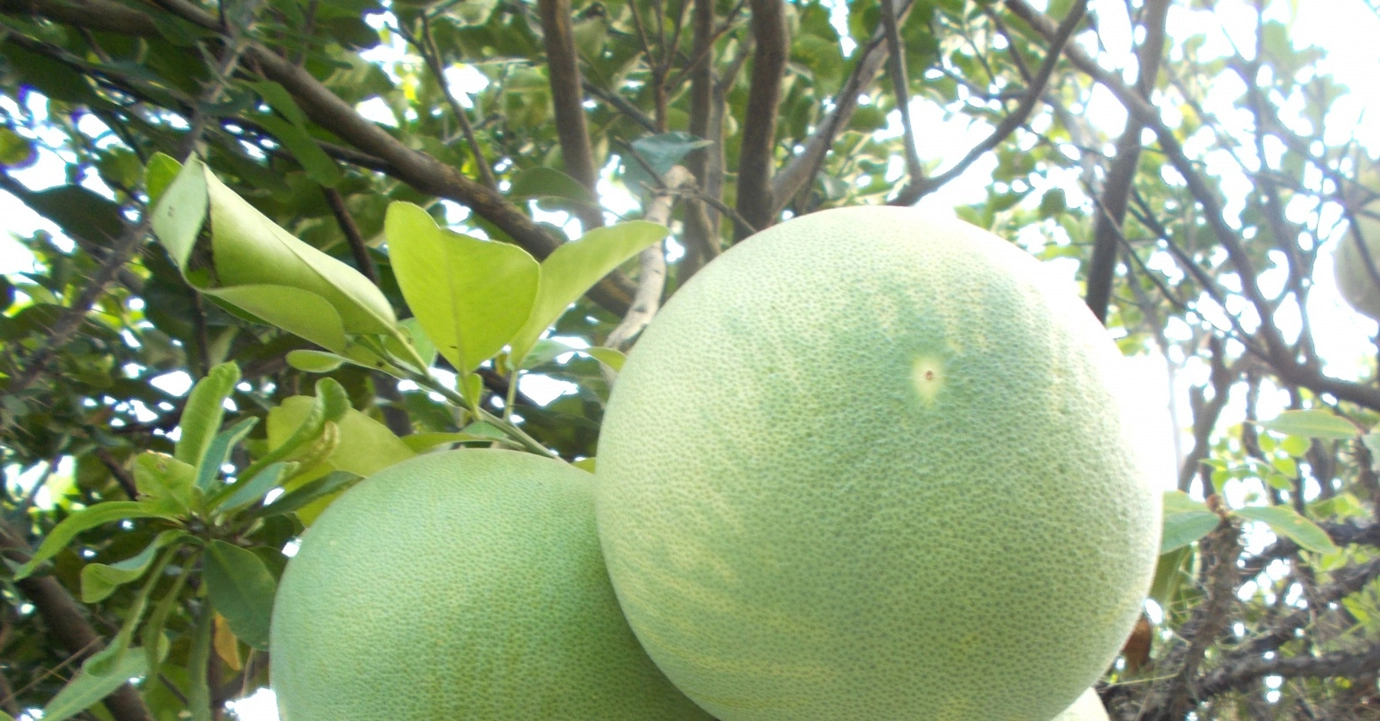Intellectual Property-Related Guiding Cases:
Trends of Their Use in Subsequent Cases & Implications for China’s Judicial Protection of Intellectual Property Rights†
Table of Contents
- Digest
- Introduction
- 48 Select Subsequent Judgments/Rulings of Intellectual Property-Related Guiding Cases
- 48 Select Subsequent Judgments/Rulings: Distribution by Level of Court & Adjudication Proceeding
- 48 Select Subsequent Judgments/Rulings: Distribution by Location of Court
- Concluding Remarks
- Appendix
Number of Words
- Approximately 8000

Digest
Judicial protection of intellectual property rights has been a key area that China strives to improve and that has drawn widespread attention from the international community. How can the development of China’s Case Guidance System promote the country’s judicial protection of intellectual property rights, helping achieve the goals set forth in the Plan for the Judicial Protection of Intellectual Property Rights in People’s Courts (2021-2025): “by 2025, […] the state of judicial protection of intellectual property rights shall have evidently improved, and judicial credibility, influence, and authority shall have evidently increased […]”?
To address the above issue, the authors of this article, through an empirical study of select subsequent judgments/rulings of all intellectual property-related Guiding Cases, have analyzed the trends in the use of these Guiding Cases (e.g., the distributions of these select subsequent judgments/rulings by level of court and by location of court) and offer suggestions for improvement.
Introduction
[…]
48 Select Subsequent Judgments/Rulings of Intellectual Property-Related Guiding Cases
[…]
Table 1: Number of Subsequent Judgments/Rulings Explicitly Mentioning Intellectual Property-Related Guiding Cases in the “This Court Opines” Section
[…]
“[…] the authors set two search criteria to select […] subsequent judgments/rulings: […], the authors have identified 48 judgments/rulings that meet the above conditions […].”
1. Many Judges Were Not Proactive in Responding to Cited Guiding Cases
[…]
2. Guiding Case Nos. 46 and 82: Disparity Between Citations and Responses
[…]
48 Select Subsequent Judgments/Rulings: Distribution by Level of Court & Adjudication Proceeding
[…]
Table 2: 48 Select Subsequent Judgments/Rulings of Intellectual Property-Related Guiding Cases: Distribution by Level of Court & Adjudication Proceeding
[…]
1. Intermediate People’s Courts and Basic People’s Courts Respectively Demonstrate Their Importance and Potential
[…]
“This is encouraging because at least some basic people’s courts have not been affected by their lower status and have still actively analyzed [intellectual property-related Guiding Cases] in their reasoning.”
2. Select Subsequent Judgments/Rulings Rendered by the Supreme People’s Court or Specialized Courts are Fewer in Number but of Higher Quality
[…]
48 Select Subsequent Judgments/Rulings: Distribution by Location of Court
[…]
Table 3: 48 Select Subsequent Judgments/Rulings of Intellectual Property-Related Guiding Cases: Distribution by Location of Court
[…]
1. Select Judgments/Rulings are Mostly Concentrated in Economically Developed Regions
[…]
2. The Performance of Courts in Guangdong Province and Zhejiang Province Stands Out
[…]
“Why are the courts in [Guangdong Province and Zhejiang Province] more willing to explicitly mention [intellectual property-related Guiding Cases] in the ‘This Court Opines’ section of their judgments/rulings?”
Concluding Remarks: Specific Suggestions for Improving the Intellectual Property Adjudication Guidance System to Which Guiding Cases Serve as Guides
[…]
Appendix: Subsequent Judgments/Rulings Explicitly Mentioning Intellectual Property-Related Guiding Cases in the “This Court Opines” Section (identified through December 31, 2021)
[…]

† The citation of this article is: David Wei Zhao & Dr. Mei Gechlik, Intellectual Property-Related Guiding Cases: Trends of Their Use in Subsequent Cases & Implications for China’s Judicial Protection of Intellectual Property Rights, SINOTALKS.COM, SinoInsights™, Apr. 13, 2022, https://sinotalks.com/sinoinsights/intellectual-property-guiding-cases.
The original, English version of this article was edited by Jennifer Ingram and Nathan Harpainter. The information and views set out in this article are the responsibility of the authors and do not necessarily reflect the work or views of SINOTALKS.COM.









